Bullying
Bullying is a serious problem in schools and workplaces worldwide. It leads to humiliation, fear, low self-esteem and depression. Bullying is not dependent on age, sex, socio-economic background, religion, culture — bullying can happen to anyone and can occur anywhere.
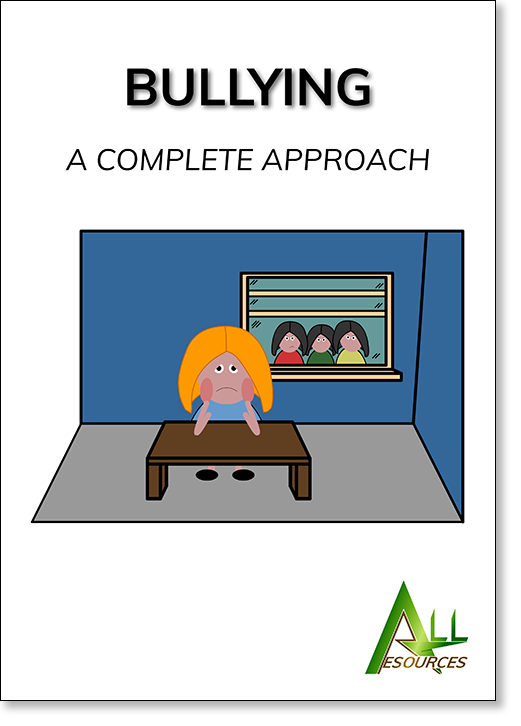
Bullying — A Complete Approach
Contains hints and tips for teachers, parents and young people to enable them to identify and tackle bullying.
- Age range: 12 years and upwards
- Category: Schools
- Last revised: 2022
- Pages: 94
- Illustrated throughout
Hard copy: £35.99 add to basket
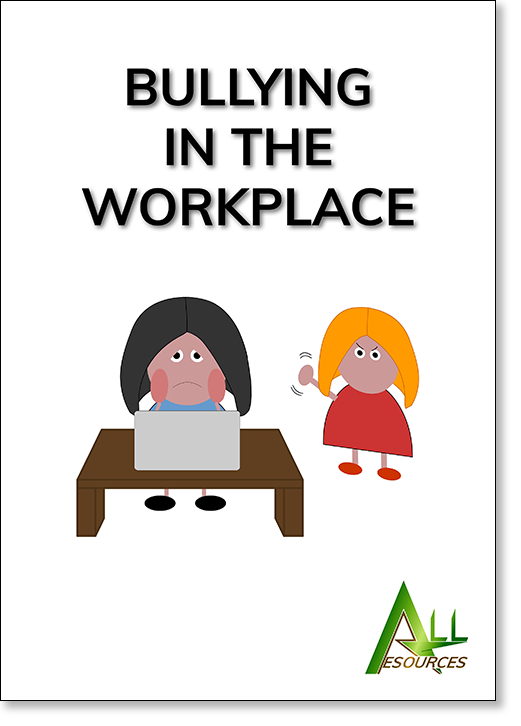
Bullying in the Workplace
This pack provides guidance for companies on tackling workplace bullying, supporting the targets of bullying and ensuring the wellbeing of staff.
- Focus: Anti-bullying policies for businesses
- Category: Businesses
- Last revised: 2022
- Pages: 50
- Illustrated throughout
Hard copy: £25.99 add to basket
Bullying Lesson Plans
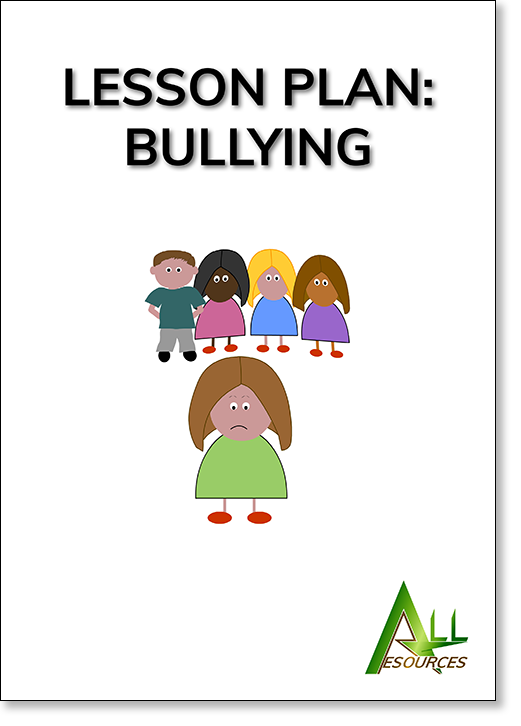
Bullying
This covers bullying, the types of bullying, the bully, the target and how to tackle bullying.
- Age range: 12 years and upwards
- Category: Lesson plan
- Last revised: 2021
- Pages: 13
- Duration: 1 hour
Hard copy: £10.99 add to basket
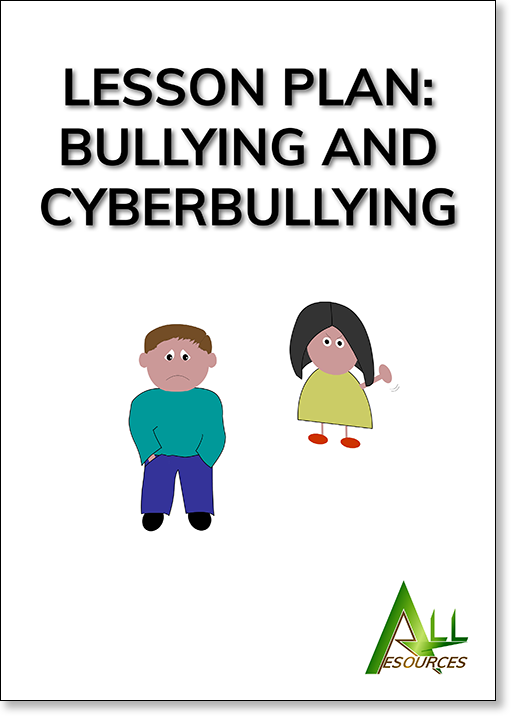
Bullying and Cyberbullying
This lesson plan covers how to deal with bullying and cyberbullying and contains handouts for the classroom.
- Age range: 12 years and upwards
- Category: Lesson plan
- Last revised: 2021
- Pages: 15
- Duration: 55 mins – 1 hour
Hard copy: £10.99 add to basket
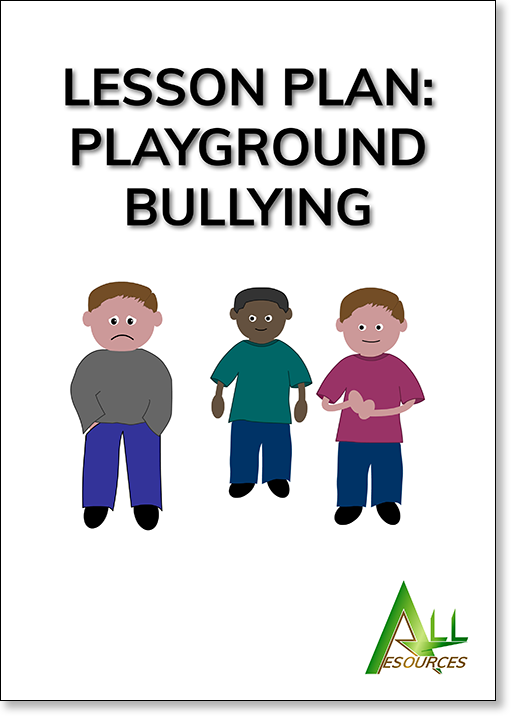
Playground Bullying
A lesson plan on playground bullying, the issues caused and addressing the topic.
- Age range: 12 years and upwards
- Category: Lesson plan
- First published: 2022
- Pages: 17
- Duration: 1 hour to 1 hour 15 mins
Hard copy: £10.99 add to basket
Bullying Templates
![[Template thumbnail] School Anti-Bullying Policy](https://www.allresources.co.uk/images/free-resources/school-anti-bullying-policy-template-cover.png)
School Anti-Bullying Policy
(free template)
A free template to help you develop your own anti-bullying policy for your school.
![[Template thumbnail] Workplace Anti-Bullying Policy](https://www.allresources.co.uk/images/free-resources/workplace-anti-bullying-policy-template-cover.png)
Workplace Anti-Bullying Policy
(free template)
A free template to help you develop your own anti-bullying policy for your workplace.
What is Bullying?
Bullying is a repeated, intentionally hurtful form of behaviour perpetrated by one or more individuals against another. There is always an imbalance of power involved in bullying in favour of the bully or bullies.
Bullying can occur in school, and there are also regular reports of bullying in the workplace.
All bullying needs to be dealt with swiftly and firmly and an anti-bullying policy is a vital part of bullying prevention in all organisations.
Bullying is a complex issue and involves:
- The bully — the person or persons carrying out the bullying.
- The target — the person on the receiving end of the bullying.
- The bystander — people who stand by and either watch and cheer on the bully or turn away and do nothing.
- Location — where the bullying takes place — school playground, canteen, office etc.
- Type of bullying — verbal, physical, racist, homophobic, sexist etc.
- Bully’s support — those who encourage the bullying.
- Target’s support — those who try to support and help the target.
- Figure of authority — the recipient of the bullying report — teacher, parent, HR manager etc.
- Action — the action that is taken to tackle the bullying.
Defining Bullying
The definition of bullying is as follows:
“Bullying is a regular form of deliberate behaviour that causes the target physical or emotional distress and can be carried out by an individual or a group over a period of time.”
It is clear from this that a one-off incidence of verbal or physical abuse is not bullying — it has to be repeated over a period of time with the specific aim of causing harm or distress to the target.
Types of Bullying
There are three main types of bullying:
- Direct bullying
- Indirect bullying
- Cyberbullying
Direct Bullying
Many forms of bullying are direct. Direct bullying is a form of bullying that is easy to prove. There is usually evidence to support that it is actually occurring because it can be witnessed by the target’s peers and colleagues. It includes verbal abuse, physical assault, offline and online threats, derogatory remarks and insults. Direct bullying is:
- Verbal
- Physical
- Easier to prove
- Usually observable
- Often witnessed
Indirect Bullying
Indirect bullying is very common in the workplace. It is more subtle and less direct. It is more difficult to prove than direct bullying and includes exclusion, spreading rumours, gossiping, overburdening the target with work, questioning the target’s ability to do their job or pass an exam. Indirect bullying has the following traits:
- Usually devious and less direct
- Can be difficult to prove
- Typically carried out secretly
- Often lacks witnesses
What is the Difference Between Bullying and Cyberbullying?
Cyberbullying is fast becoming the most common form of bullying in today’s technology driven world and this type of bullying takes place via text messages, emails, instant messages, online forums, chat rooms, social networks etc. Cyberbullying is usually carried out anonymously and therefore it can be difficult to trace the person or people responsible.
How Can We Tackle Bullying?
Whether we are dealing with school bullying or bullying in the workplace, there are many ways to tackle bullying and they vary depending on the context of the bullying. Schools, teachers, parents, carers, businesses and anyone in a position of authority have their own part to play in bullying prevention and addressing the subject of bullying in general. There are a number of laws surrounding bullying so it is vital that everyone is aware of any possible bullying problems taking place. The most important step for all organisations is to develop an anti-bullying policy.
Anti-Bullying Policy
Why do we need an anti-bullying policy in schools and businesses? All organisations need an anti-bullying policy to give direction and guidance in preventing and tackling bullying. Once the policy is in place, it must be made available to all and the organisation should ensure everyone understands how to identify and report bullying.



